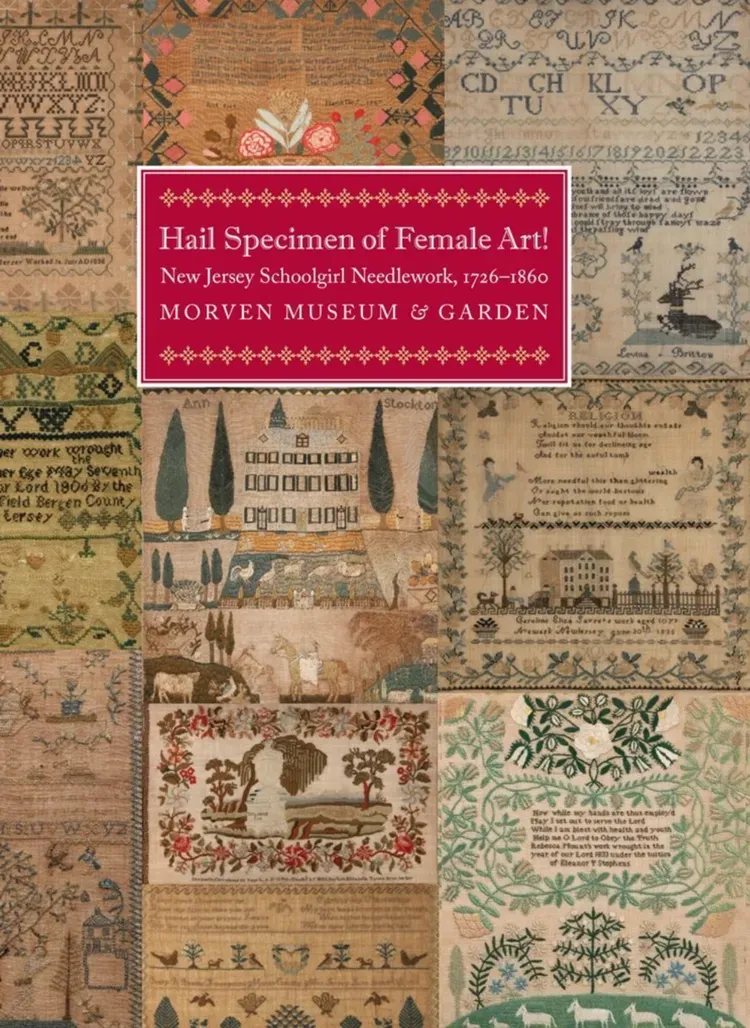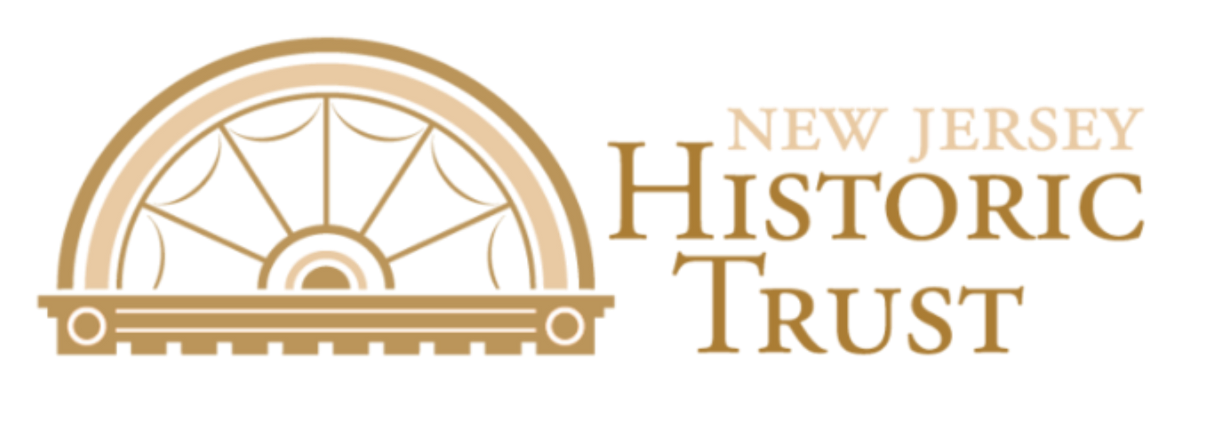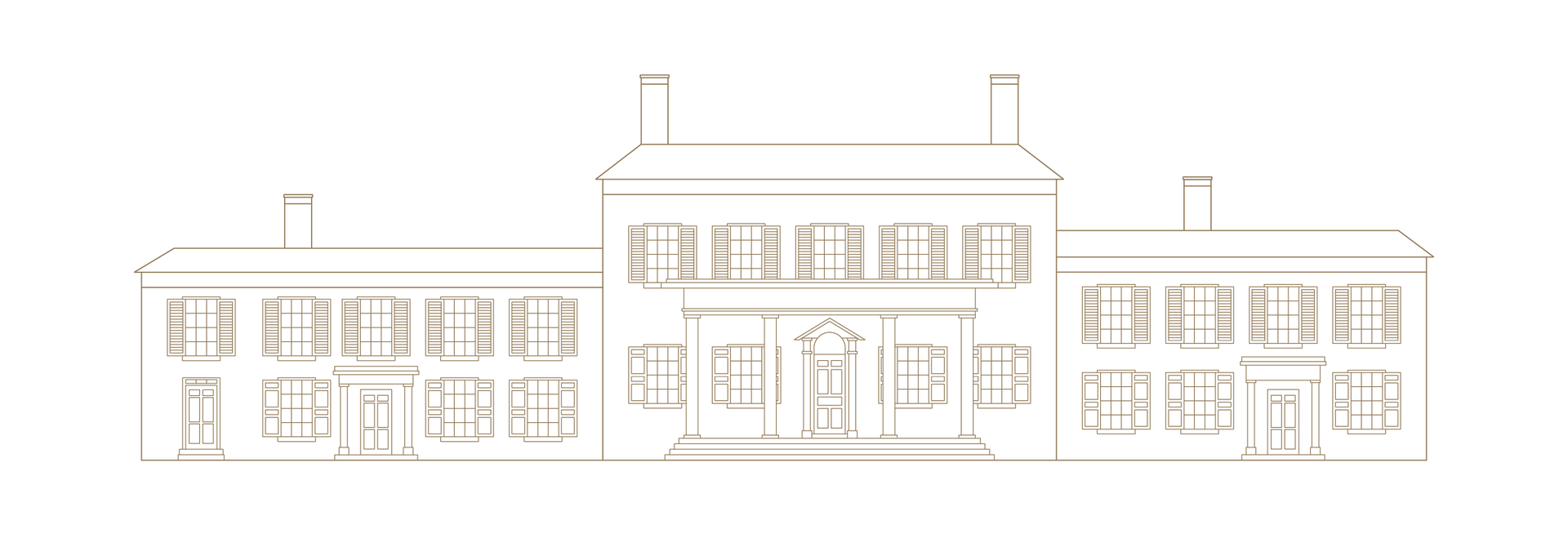Hail Specimen of Female Art! New Jersey Schoolgirl Needlework, 1726–1860
October 3, 2014–March 29, 2015
This landmark exhibition is the first to focus on the important contribution of New Jersey in the creation of schoolgirl needlework in the eighteenth and nineteenth centuries.
This landmark exhibition is the first to focus on the important contribution of New Jersey in the creation of schoolgirl needlework in the eighteenth and nineteenth centuries. With over 150 works on view, this exhibition undertakes the first survey of schoolgirl needlework completed in the state or by New Jersey girls prior to 1860. This exhibition and accompanying catalogue create a lasting record of the best known examples. As part of the museum’s mission to showcase the cultural heritage of the Garden State, the curators have shed new light on the needlework produced in New Jersey during this important period of American history.
Organized geographically, the exhibition features works from every region of the state. Although many elaborate and important examples of New Jersey needlework are featured in the exhibition, the curators have also selected more modest examples that highlight other aspects of the educational environment, social class and familial situation experienced by young girls in the eighteenth and nineteenth centuries. In some cases, the exhibit reunites—for the first time—needlework created by the same girl, as well as by sisters, cousins, schoolmates, and other close relations.
The exhibition features loans from across the country including needlework completed in every New Jersey County (accounting for the numerous re-organizations of New Jersey counties in the nineteenth century). In presenting examples from every part of the state, the exhibition distills the educational environment that existed in New Jersey from Cape May to Sussex. The exhibition also compiles an accurate picture of girls academies and the instructresses who taught at them. Research conducted in preparation for the exhibition uncovered previously unrecognized connections between needleworks through the motifs and designs employed by different instructresses.
The exhibition occupies 1,709 square feet in five galleries within the second floor of the Morven mansion. This exhibition also coincides with the 350th anniversary of New Jersey and extensive state-wide celebration and programming.
Lenders to the exhibition include: The Metropolitan Museum of Art, the Colonial Williamsburg Foundation, Winterthur, the DAR Museum, the Frances Lehman Loeb Art Center at Vassar College, the New Jersey State Museum, the Bergen County Historical Society, the Cape May County Museum, the Gloucester County Historical Society, the Holcombe-Jimison Farmstead Museum, the Hopewell Museum, the Hunterdon Historical Society, the Leslie Durst Collection, the Metlar-Bodine House, Monmouth County Historical Association, the Old Barracks Museum, the Historical Society of Princeton, the Salem County Historical Society, and over twenty private collections.
The title of the exhibition is borrowed from a needlework stitched by Trenton-born Anne Rickey (1783–1846) “Hail Specimen of Female Art” was stitched onto her sampler in 1798. Anne Rickey was the daughter of Quaker merchant John Rickey (1751–1829) and his wife Amey Olden (1757–1849).
A fully-illustrated catalogue is available for purchase in the Museum Shop.
Sponsors
Callaway Henderson Sotheby’s International Realty, The Coby Foundation, Glenmede, Pheasant Hill Foundation, New Jersey Historical Commission, PNC Foundation, Jack Morton Exhibits, and Pook & Pook Inc.



